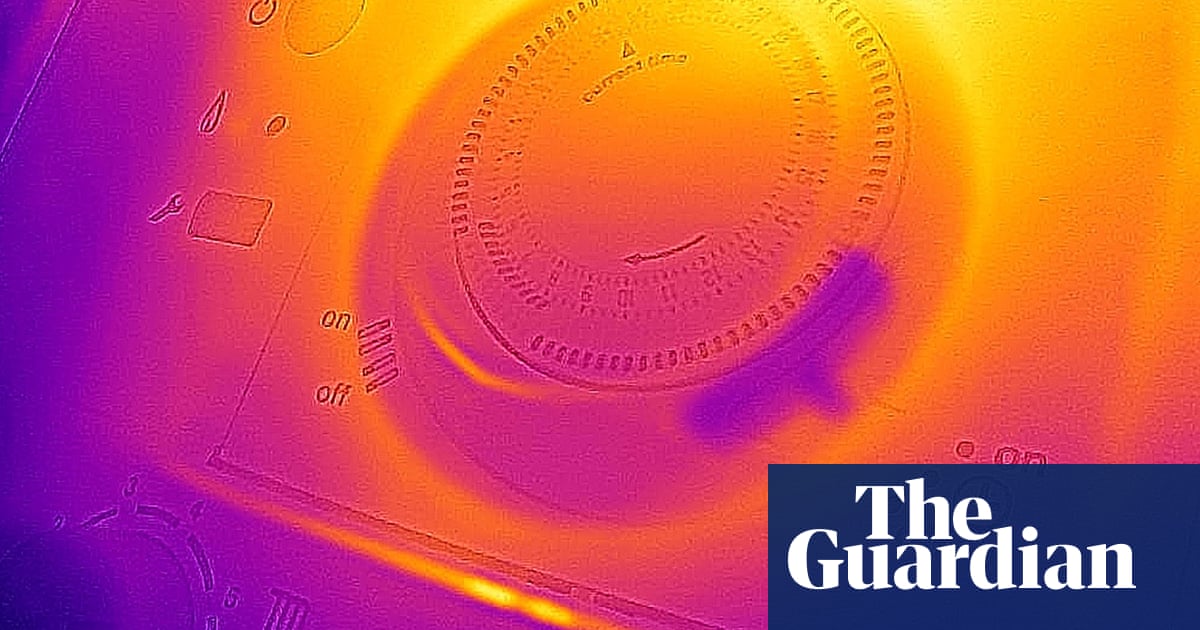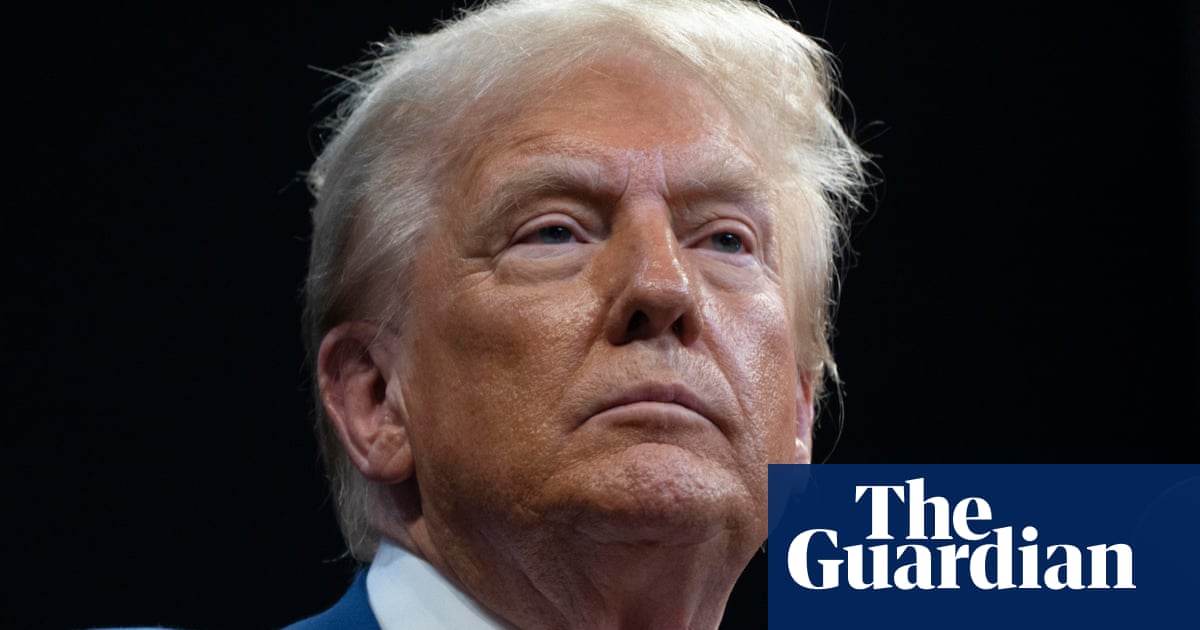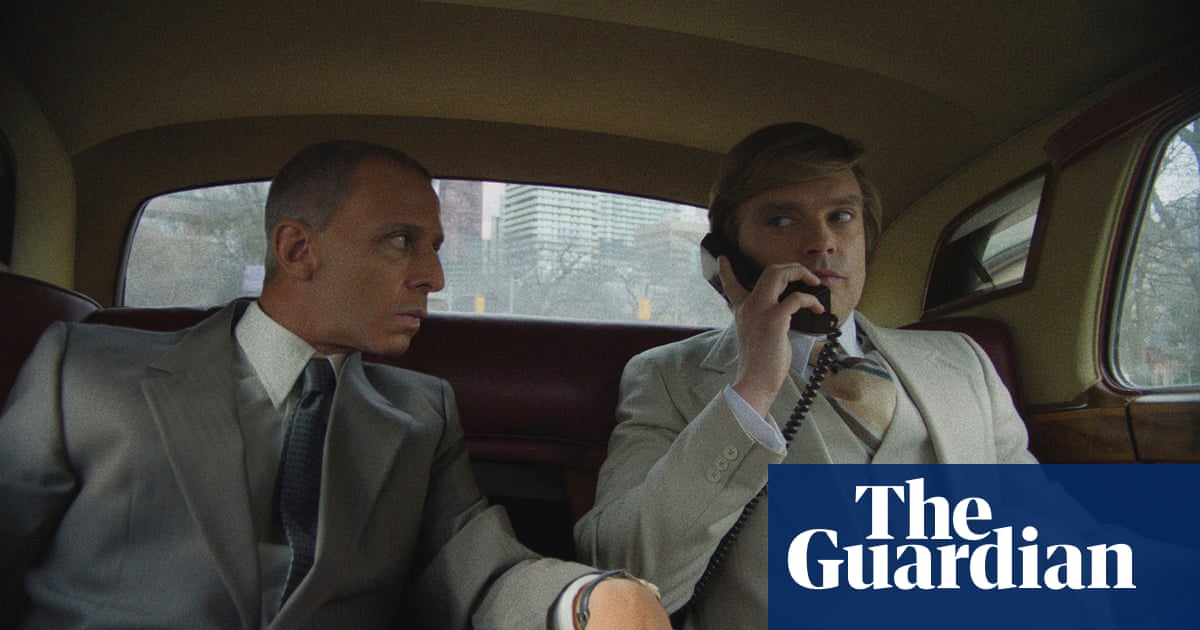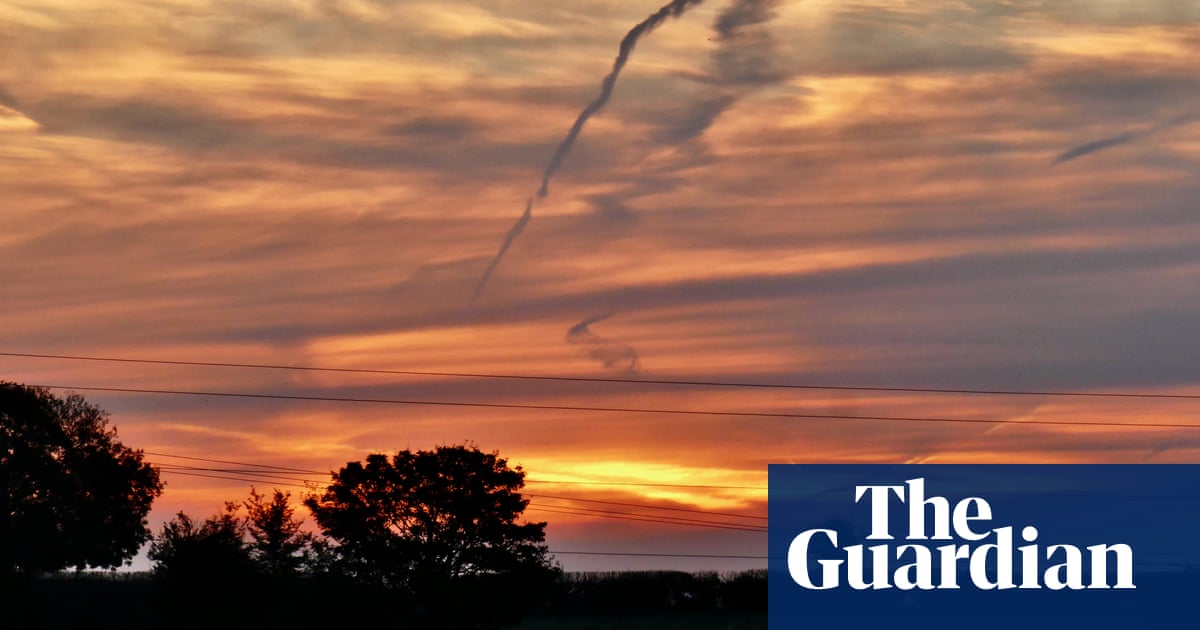Fan Bingbing, once one of China’s most famous film stars, is returning to the screen after a more than five-year hiatus following her alleged involvement in a massive tax evasion scandal.
Fan stars in Green Night, a Hong Kong-produced neo-noir thriller set in South Korea, which is released on US streaming services on 18 October. The film has been billed as Fan’s comeback from professional purgatory since she disappeared from public view for nearly a year in 2018. During her year of silence, she was hit with a bill of more than 880m yuan (£99m) by the Chinese tax authorities.
The fact that Fan, who once starred in blockbusters such as the X-Men and Iron Man franchises, is returning to cinema in an edgy, international production, which has received scant discussion in China, reflects the likelihood that her fame will never recover to its former heights, say experts.
“I don’t believe she can come back,” said Sabrina Qiong Yu, a professor of film and Chinese studies at Newcastle University. “Chinese film stars are very vulnerable … the fame they have, it’s something that the state never likes.”
Fan’s fall from grace sent shockwaves through China’s film industry. Her undoing started in May 2018, when a famous TV presenter posted pictures of two contracts online, which appeared to suggest that Fan had used a false contract to underreport her income to the Chinese tax authorities to the tune of several million dollars. Such a practice, known as “yin-yang” contracts, was allegedly widespread in the film industry.
Fan denied wrongdoing and the presenter retracted his claims. But the tax authorities launched an investigation and in October of that year she was ordered to pay 883m yuan in unpaid taxes and related fines. She apologised on social media and said: “Without the good policies of the party and the state, without the love and protection of the people, there would be no Fan Bingbing.”
Since then, Fan’s career has been muted, although she has maintained a presence on social media and developed her e-commerce beauty brand, Fan Beauty.
In recent months, Fan’s posts on Chinese social media feeds have been full of posts about her fashion endeavours and nationalist comments. There is no mention of Green Night in recent posts. On 2 September, the day before the anniversary of Japan’s surrender in the second world war, Fan wrote on Weibo: “Remember history, love China, cherish peace, and forge ahead bravely!”
Celebrities in China have long been held to high moral standards and expected to be squeaky clean in their personal lives. But in recent years, as the Chinese Communist party (CCP) has deepened and strengthened its control over all parts of society, stars have been expected to be overtly loyal to the CCP as well.
Xi Jinping, China’s leader, has also tightened the party’s control over the mega-rich. After more than a decade of rapid growth and massive wealth accumulation, political leaders have become concerned about elites amassing influence outside the CCP’s control.
The sudden crackdown on a darling of China’s booming film industry shocked observers. But since then, several high-profile wealthy people have received similar treatment. In November 2020, Jack Ma, one of China’s most successful and well-known billionaires, disappeared for three months, after criticising China’s financial regulators. Last year, a billionaire Chinese dealmaker named Bao Fan disappeared.
For celebrities to thrive in China in today’s political environment, they have to be seen to “love the country, love the party”, Yu said. She added that in some instances fans themselves had taken to policing the nationalist credos of high profile figures, without the authorities needing to get involved. In March, the Nobel prize-winning author Mo Yan was attacked by internet users who declared him insufficiently patriotic.
In Green Night, Fan stars as a Chinese immigrant, Jin Xia, who works at South Korea’s Incheon airport. While on duty she encounters a mysterious green-haired girl, who pulls Xia into a world of drug trafficking and lesbian romance, and an escape from Xia’s abusive husband. Such racy themes would be highly unlikely to pass the censorship regime required for films to be released in China.










